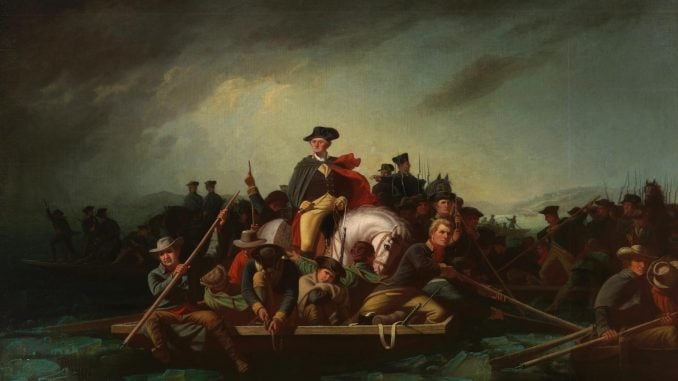
Many times, writing about the history of ideas can do more damage than good. Why? People wear the wrong glasses when looking at the past.
I’m referring specifically to those glasses with anachronistic lenses. With them on, people see the past through modern eyes and thereby impose ideas and impute values that were nonexistent or far different than they are now.
As novelist and short story writer L.P. Hartley wrote: “The past is a foreign country; they do things differently there.”
When planning to visit a foreign country, we are advised to learn as much as we can about the language and the customs.
Excluding major purchases, such as a house, many Americans never think of negotiating an item’s price. The department store and manager would be baffled if you started price haggling on aisle 8. If you offered only $4.50 for an advertised $5 meal at your favorite fast food establishment (knowing that you would be willing to pay as much as $4.75), most would be surprised. Your actions would prompt many dinnertime conversations.
In some countries, price negotiating is expected. As one globetrotting friend recently told me, the absence of price haggling can be an affront. The merchant believes that he or she erred setting the asking price. Or worse, the merchant deems such behavior to be condescending. One has to be familiar with the culture.
In similar fashion, one must be familiar with an historical culture.
It can be disappointing to read articles that discuss thinkers who lived thousands of years apart, as if they were sending letters back and forth to each other, or sitting in a room, drinking coffee and waxing eloquent on concepts of democracy. Their ideas once removed from their times — and actions — lose much of their meaning.
There are several anachronistic mistakes. One is that readers forget that words can change meaning through time. Another is what historian Carl R. Trueman calls “categorical anachronism.”
There has always been an awareness or pronouncement of others. But racial categories — scientific racism, in particular — is a product of the Early Modern Period (1500-1800) and onward. Even when people discuss Southern racism of the 1800s, there are differences between the Old South’s noblesse oblige and Wade Hampton and New South’s notions of “survival of the fittest” and “Pitchfork” Ben Tillman.
Another is ascribing nationalistic sentiment and patriotism to historical actors before there was the modern-day concept of a nation-state. After Napoleon, the nation-state starts taking definite shape across Europe.
Today, we also discuss national sovereignty. In 1589, reacting to widespread religious wars, Jean Bodin introduced the concept of “sovereignty” to political thought. Before then, the word referred to another Sovereign Power.
Another anachronism is referring to all Native Americans in history as one monolithic society. They were not. The Sioux, for instance, were economically and culturally different than the Mohawk. In 1700s North Carolina, to name another example, the Cherokee and the Catawba, many times, were at odds. During the American Revolution, the Cherokee sided with the British and Loyalists, and the Catawba allied with the American Patriots.
Another mistake is separating a thinker’s ideas from his actions and the historical events that influenced his ideas. Both ideas and actions need to be discussed.
There will always be a degree of historical anachronism. None of us lived in ancient Rome, medieval Europe or Revolutionary War America.
A major step to correcting the problem, writes Trueman, is to be “self-conscious” and “appreciate the fact that one is engaging a different time and a different place.” To be aware of the potential problem of anachronism is a “crucial move toward avoiding it.”
This awareness is essential when studying and understanding ideas and what they mean for today.



